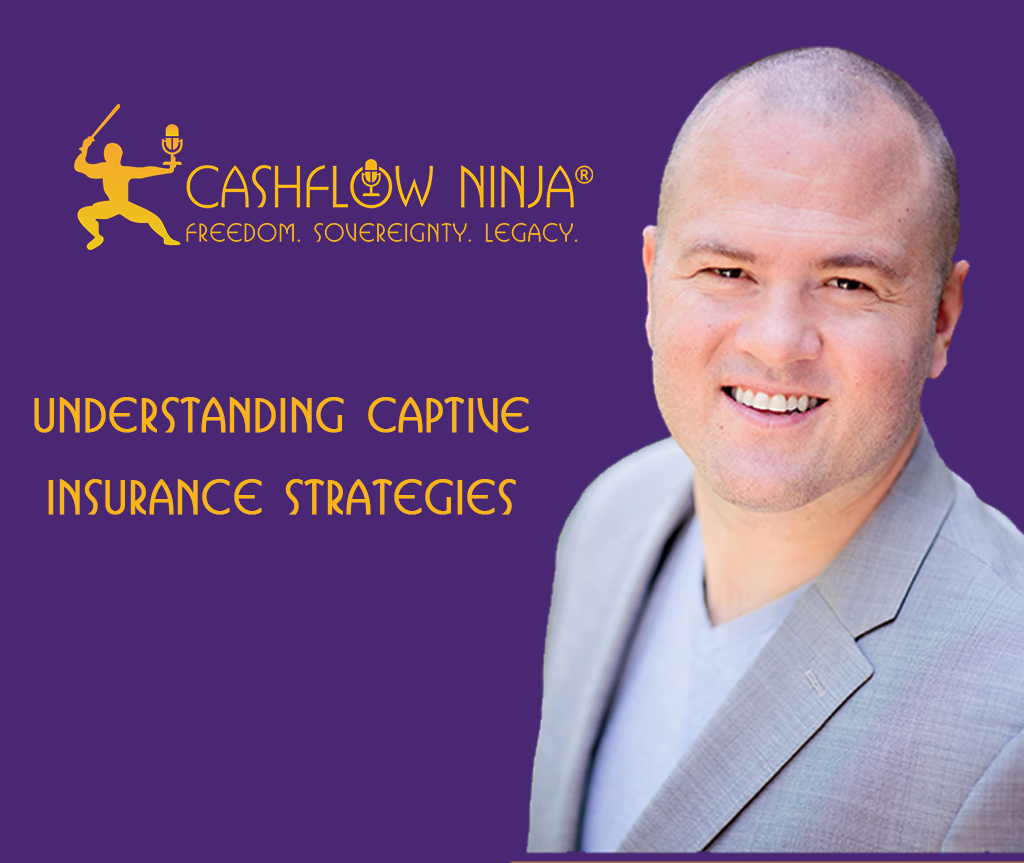
Captive insurance is a risk management strategy in which a business creates its own insurance company, known as a captive insurer, to provide coverage for specific risks associated with the parent company. Captive insurance offers businesses greater control over their insurance programs, customized coverage options, and potential cost savings compared to traditional insurance markets. In this guide, we’ll explore the fundamentals of captive insurance, its various types, how it works, the benefits it offers, and considerations for business owners.
What is Captive Insurance?
Captive insurance involves the formation of an insurance company, wholly owned and controlled by the parent company, to underwrite and manage the risks of the parent and affiliated entities. Unlike traditional insurance, where premiums are paid to external insurers, captive insurance allows businesses to retain underwriting profits, investment income, and control over claims management.
Types of Captive Insurance:
- Single-Parent Captive: This is the most common type of captive insurance, where a single parent company establishes its own captive insurer to cover its risks and those of its subsidiaries.
- Group Captive: In a group captive, multiple unrelated companies come together to form a jointly owned insurance company, pooling their risks and sharing in the benefits and costs of the captive program.
- Association Captive: Association captives are formed by industry associations or trade groups to provide insurance coverage for their members, often allowing smaller businesses to access insurance at favorable rates.
- Rent-a-Captive: Rent-a-captives are structures where businesses rent access to an existing captive facility rather than forming their own captive insurer, providing a cost-effective alternative to establishing a captive from scratch.
How Captive Insurance Works:
- Risk Assessment: The parent company identifies its risks and determines which ones are suitable for captive insurance coverage.
- Captive Formation: The parent company establishes a captive insurer, typically in a favorable jurisdiction, and obtains the necessary regulatory approvals.
- Premium Payments: The parent company pays premiums to the captive insurer, which are based on actuarial assessments of the covered risks.
- Risk Transfer: The captive insurer assumes the covered risks from the parent company, providing insurance coverage for specified perils.
- Claims Management: In the event of a covered loss, the captive insurer pays out claims to the parent company or other insured parties according to the terms of the insurance policy.
Benefits of Captive Insurance:
- Cost Savings: Captive insurance can lead to lower insurance premiums, reduced administrative expenses, and improved risk management efficiency compared to traditional insurance.
- Customized Coverage: Captive insurance allows businesses to tailor insurance policies to their specific risk profiles and coverage needs, providing greater flexibility and control over insurance programs.
- Profit Potential: Captive insurers have the opportunity to generate underwriting profits, investment income, and tax advantages for the parent company.
- Risk Management: Captive insurance enables businesses to proactively manage and finance their risks, mitigating exposure to volatile insurance markets and providing long-term stability.
Case Studies:
- XYZ Corporation: XYZ Corporation, a manufacturing company, established a single-parent captive insurer to cover its product liability risks. By retaining underwriting profits and investment income, XYZ Corporation achieved significant cost savings and improved risk management outcomes.
- ABC Association: ABC Association formed an association captive to provide liability insurance for its members, small businesses in the construction industry. Through the captive program, ABC Association members gained access to affordable insurance coverage and benefited from pooled risk management resources.
Positives and Negatives of Captive Insurance for Business Owners:
Positives:
- Greater control over insurance programs and coverage options.
- Potential cost savings and improved risk management efficiency.
- Customized insurance solutions tailored to specific business needs.
- Opportunity to generate underwriting profits and investment income.
- Enhanced stability and long-term financial security.
Negatives:
- Initial setup costs and ongoing administrative expenses.
- Regulatory compliance requirements and governance responsibilities.
- Potential for increased risk exposure if captive reserves are insufficient.
- Limited availability of coverage for certain risks in captive insurance markets.
- Complexity of managing a captive insurer and navigating insurance regulations.
In conclusion, captive insurance offers businesses a powerful risk management tool with the potential for cost savings, customized coverage, and enhanced control over insurance programs. While there are considerations and challenges associated with establishing and managing a captive insurer, the benefits of captive insurance can outweigh the drawbacks for many businesses seeking to optimize their insurance strategies and protect their assets effectively.
Subscribe To Our Weekly Newsletter: The Wealth Dojo: https://subscribe.wealthdojo.ai/
Share This
Related

895: Josh McCallen: Why Airbnb Gurus Are Shifting To Boutique Hotels
My guest in this episode is Josh McCallen. Josh is a nationally recognized hospitality executive, conference speaker, innovator, builder & investor with a track record for developing exceptional resort properties and growing world-class operational teams. Josh is also one of the principals of Accountable Equity, an investment firm that specializes in historic resort communities and…

894: Michael Mathe: Private Lending In The Luxury Real Estate Market
My guest in this interview is Michael Mathe. Michael is an investor and entrepreneur. Michael’s businesses Little Pink Houses Of America and VIP Financial Education, provide amazing business opportunities and financial education. Links: Prefer Access Website: https://www.preferaccess.com/ preferninja@vipfinancialeducation.com Subscribe To Our Weekly Newsletter: The Wealth Dojo: https://subscribe.wealthdojo.ai/ Download all the Niches Trilogy Books: The 21…

893: Josh Clayton, Kirk Martin, Alec Roth: How To Invest In Movies
My guests in this episode are Josh Clayton, Kirk Martin, and Alec Roth from Firebrand Media Group. In this episode, they share how to invest in movies. Interview Links: Firebrand Media Group https://www.fmgfilms.com/ Billy Night Subscribe To Our Weekly Newsletter: The Wealth Dojo: https://subscribe.wealthdojo.ai/ Download all the Niches Trilogy Books: The 21 Best Cashflow Niches Digital:…
